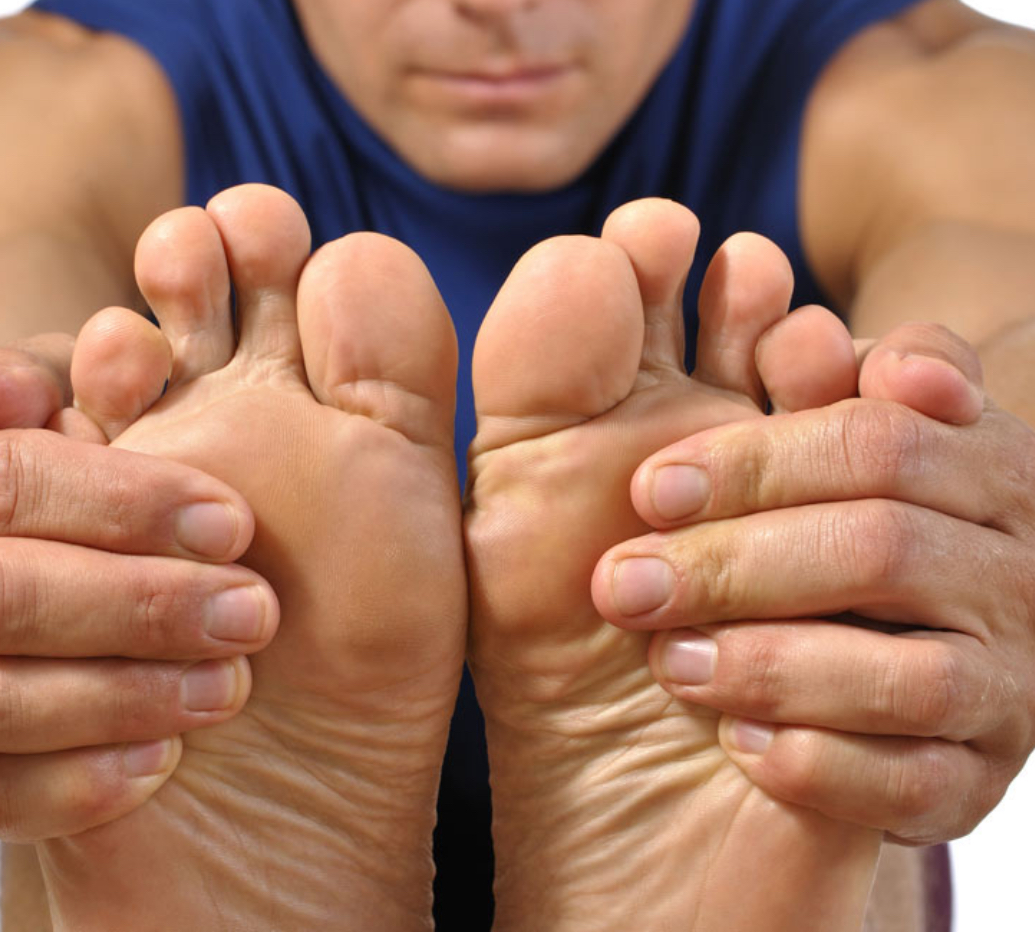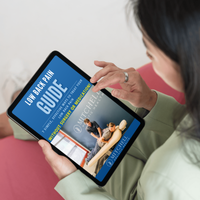
Let’s be real—most of us don’t think about our feet until they start hurting. We shove them into shoes all day, expect them to carry us through workouts, and then complain when they feel stiff or tired. But here’s the thing: our physical therapists are always teaching that your feet are the foundation of your entire body. If they’re weak, stiff, or out of alignment, it can throw off everything from your posture to your squat form and yes, your knees feeling like ancient museum pieces might be a foot issue.
How do we train our feet? This is where barefoot training and toe spacers come in. If you’ve seen people ditching their cushioned sneakers for minimalist shoes or walking around with what look like mini foam rollers between their toes, you might be wondering—does this stuff actually work, or is it just another fitness fad?
As holistic physical therapists here at Mitchell Holistic Health, we believe in taking a science-backed approach to movement and injury prevention. We’re here to give you the science-backed truth about how your feet affect your movement, whether barefoot training is worth the hype, and if toe spacers actually do anything besides making your feet look like a science experiment. Let’s dig in.
1. How Does Foot Function Affects Posture & Movement?
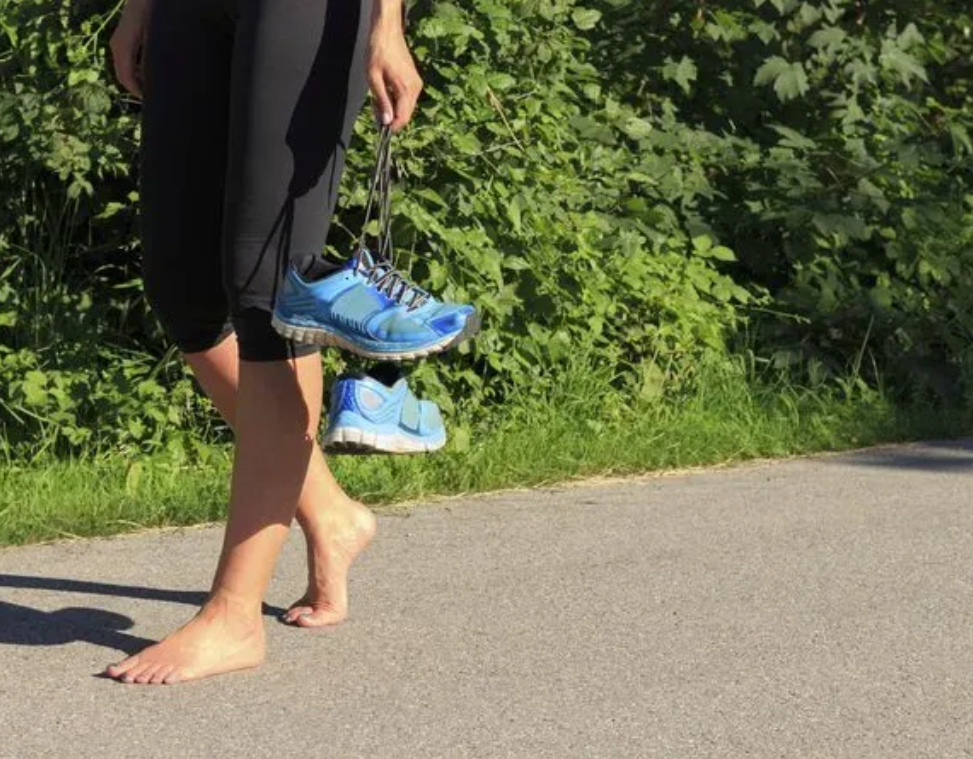
The Role of Feet in Overall Body Alignment
Your feet are your body’s foundation, influencing everything from knee stability to spinal alignment. You know that one table that wobbles no matter what you do? It’s a standing liability. Things fall over with every wobble, drinks spill, and your patience is tested every time. The same goes for your feet. Weak or dysfunctional feet can create compensatory movement patterns that lead to pain and injury elsewhere in the body. You might not even feel pain or discomfort in your feet for them to be causing problems up the chain. We can’t stress enough how important it is to have a strong foundation.
Common Issues Like Collapsed Arches & Tight Toes
– Flat feet (fallen arches) can contribute to knee valgus (knock-knees) and hip instability.
– Tight toes limit foot mobility, affecting push-off mechanics in walking and running.
– Improper weight distribution can lead to chronic pain in the lower back, hips, and knees.
2. Barefoot Training: What are the Benefits & Considerations?
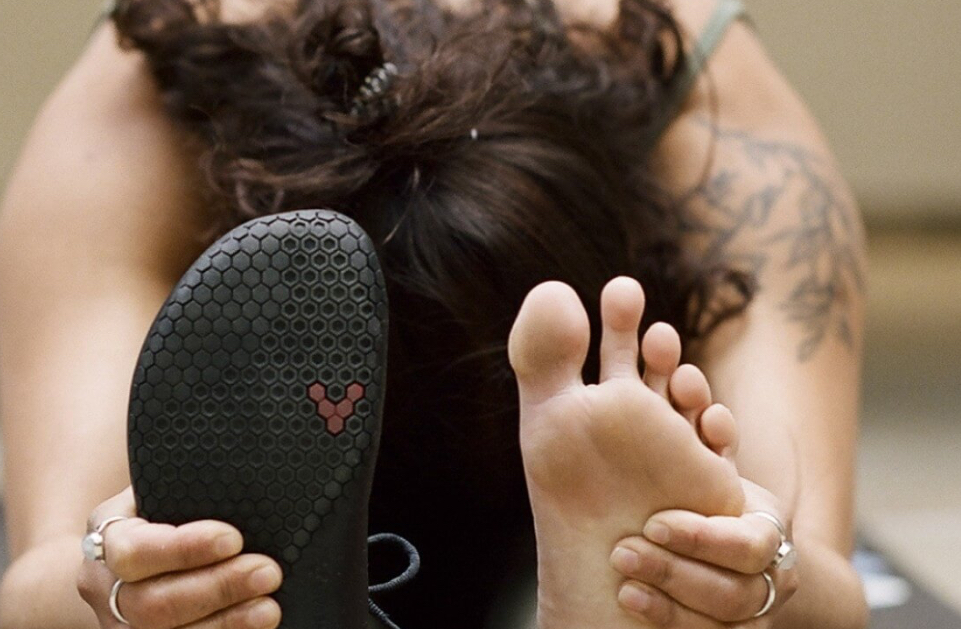
Barefoot training is gaining popularity for a reason—it strengthens the foundation of your body from the ground up. Here’s why it can be beneficial:
Strengthens Foot Muscles Naturally
Shoes, especially those with thick cushioning and arch support, do a lot of the work for your feet. This can lead to weak intrinsic foot muscles over time. Barefoot training forces your feet to work harder, strengthening the small stabilizing muscles that support your arches and improve balance.
Improves Proprioception & Balance
Proprioception is your body’s ability to sense its position in space. When you go barefoot, your feet receive more sensory input, helping you react faster and maintain better stability. This is especially important for athletes, older adults, and anyone who wants to avoid face-planting unexpectedly.
Encourages a More Natural Gait
Most modern shoes encourage heel-striking, which can increase impact forces on your joints. Barefoot training (or wearing minimalist shoes) encourages a more natural midfoot or forefoot strike, reducing stress on the knees and lower back.
Strengthens the Ankles & Reduces Injury Risk
By engaging the foot and ankle more actively, barefoot training may help reduce the risk of injuries like ankle sprains, shin splints, and plantar fasciitis. Stronger feet mean better shock absorption and a more stable base for movement.
May Help with Postural Alignment & Pain Relief
Weak or stiff feet can contribute to collapsed arches, knee pain, and even lower back issues. Strengthening your feet improves your foundation, which can lead to better posture and movement mechanics overall.
Can Increase Foot Mobility & Toe Dexterity
Years of wearing tight, narrow shoes can lead to toe deformities, stiffness, and loss of mobility. Training barefoot allows the toes to spread naturally, improving flexibility and reducing the likelihood of conditions like bunions and hammer toes.
Barefoot training isn’t about ditching shoes entirely—it’s about retraining your feet to function the way they were designed to. And who knows? Maybe you’ll even develop ninja-like foot strength in the process.
Transitioning Safely to Barefoot Movement
Going barefoot isn’t as simple as ditching your sneakers overnight. A sudden switch can lead to overuse injuries like Achilles tendonitis and plantar fasciitis due to the tissues not quite being ready for the increased load. Not unlike training for a marathon, you have to train your feet to prepare them for the shoewear change.
Here’s how to transition safely:
1. Start Slow – Begin with 5-10 minutes of barefoot walking at home before progressing to more active movements.
2. Strengthen First – Perform foot-strengthening exercises before incorporating barefoot training.
3. Gradually Reduce Cushioning – Transition from supportive shoes to minimalist footwear over weeks or months.
3. Toe Spacers: Do They Help?
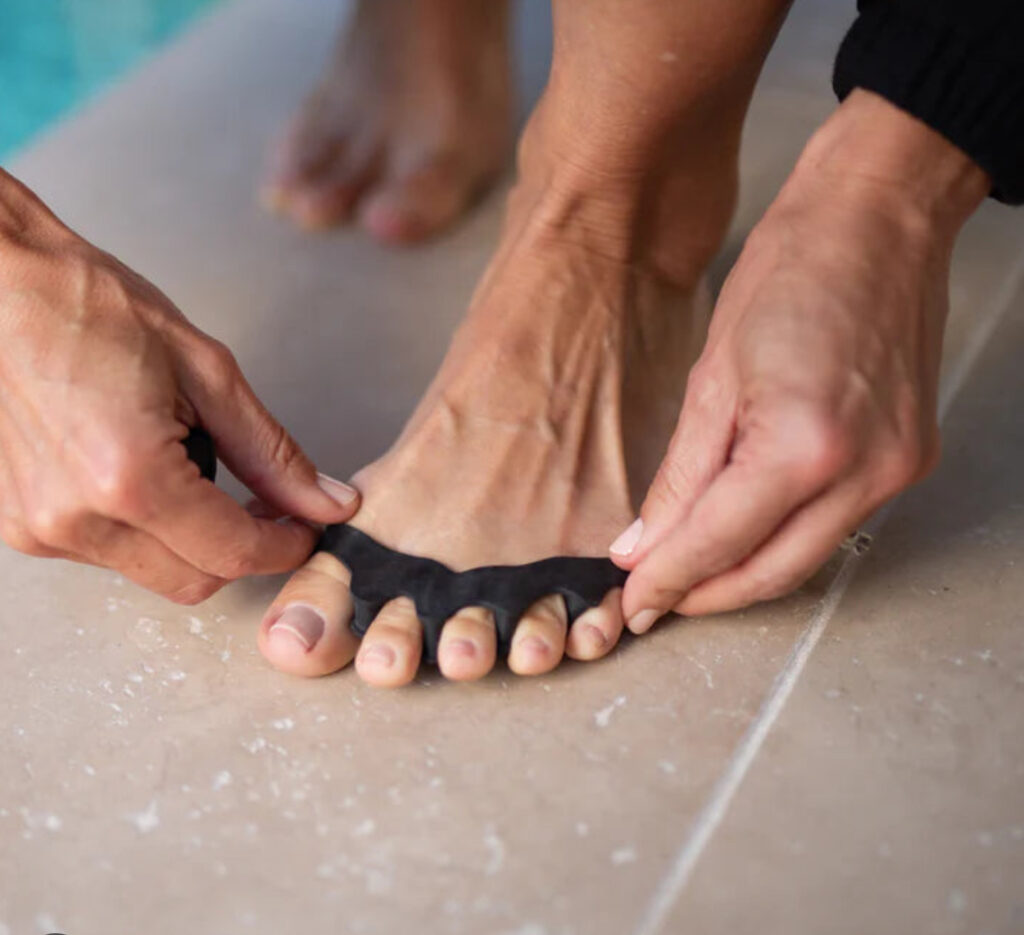
What They Claim to Do vs. What Research Says
Toe spacers are designed to realign toes, improve circulation, and enhance foot function. But do they actually work?
– Research suggests they can temporarily improve toe alignment, but do not permanently reshape foot structure.
– Some evidence supports their use for reducing pain in conditions like bunions and metatarsalgia (pain in the ball of your foot—the area right behind your toes. It often feels like a burning, aching, or sharp pain, especially when you’re walking, running, or standing for a long time.)
Who Might Benefit (and Who Might Not)
✅ People with bunions, hammer toes, or tight foot muscles may experience relief.
❌ Those with hypermobile joints or no existing foot discomfort might see little to no benefit.
4. MHH Holistic Physical Therapist Recommendations for Optimal Foot Health
Exercises for Stronger, More Mobile Feet
To ensure your feet are functioning at their best, incorporate these exercises:
– Toe Yoga – Lift and spread your toes individually to improve control.
– Short Foot Exercise – Strengthen the arch by engaging foot muscles while keeping toes relaxed.
– Calf Raises with a Barefoot Focus – Activate stabilizing foot muscles while strengthening the lower leg.
Check out this video on foot-strengthening exercises!
When to Use (or Skip) Barefoot Shoes & Toe Spacers
– Barefoot shoes should not be worn full-time immediately—your feet need time to adapt.
– Gradually introduce minimalist footwear as you strengthen your foot muscles.
– Toe spacers can be a helpful tool for mobility, but they should not replace active strengthening exercises.
A strong foot foundation impacts the entire kinetic chain—fixing a hip or knee issue often starts with addressing the feet!
GOATA Training from our Holistic Physical Therapists
Here at the MHH, we perform what is called the GOATA training. It is built on the fact that your feet are your foundation and if you have a solid foundation (strong, mobile feet) it will affect the entire body and how it moves. You can’t build a house on a faulty foundation, just like you can’t move on top of a poor foundation (foot/ankle complex). Typically, people have a tendency to have a fallen arch due to poor foot/ankle mobility and strength. Both need to be worked on to have a properly functioning foot. Many times to fix a knee or hip issue, you must address the foot to get to the root cause.
That exact process of analyzing how you move, your distinct movement patterns, and finding the root cause of your pain or discomfort is our process via the GOATA method. Check out this 8-part movement series from Phillip, one of our holistic physical therapists, where he teaches you the fundamental principles of GOATA and even gives example exercises!
Please reach out to us here at Mitchell Holistic Health in Onalaska if you have felt like physical therapy has “never worked for you” in the past or you are still experiencing chronic pain or discomfort. We are confident we can help!
The Verdict?
At the end of the day (or should we say, at the end of a long walk), your feet are your foundation—literally. If they’re weak, stiff, or crammed into shoes that look great, but feel like medieval torture devices, the rest of your body is going to pay for it.
Barefoot training and toe spacers aren’t just trendy—they can be game-changers for foot health if used correctly. But don’t go full caveman overnight. Just like you wouldn’t jump off the couch and run a marathon, you shouldn’t expect your feet to suddenly thrive without support. Transition slowly, listen to your body (and your physical therapist), and remember: strong feet = happy knees, hips, and back.
If you’re experiencing foot pain, discomfort, or postural imbalances, a personalized approach with a Mitchell Holistic Health physical therapist is the best way to determine what’s right for you.
10 FAQs About Barefoot Training & Toe Spacers
1. Is barefoot training better than wearing shoes?
– Not necessarily—it depends on your foot strength and biomechanics. Proper foot training is key before transitioning.
2. Can barefoot shoes fix flat feet?
– They can help strengthen the foot, but they don’t “fix” fallen arches without targeted exercises.
3. How long does it take to transition to barefoot training?
– It varies, but typically 6-12 weeks of gradual adaptation is recommended.
4. Do toe spacers permanently change foot structure?
– No, but they may temporarily improve toe alignment and relieve discomfort.
5. Are barefoot shoes good for running?
– Only if you have built the strength to support them! Running barefoot without proper preparation can cause injuries.
6. What’s the best way to strengthen my feet?
– Foot mobility drills, balance exercises, and strengthening movements like toe yoga and short foot exercises.
7. Do toe spacers help with bunions?
– They can relieve pressure but won’t reverse a bunion without additional intervention.
8. Should I wear barefoot shoes all day?
– Not right away—start with short periods and build up gradually.
9. Can weak feet cause knee or hip pain?
– Yes! Foot dysfunction can lead to compensatory movement patterns affecting the entire body.
10. Are barefoot shoes safe for everyone?
– No—people with certain foot conditions (like severe flat feet or past injuries) should consult a physical therapist first.

